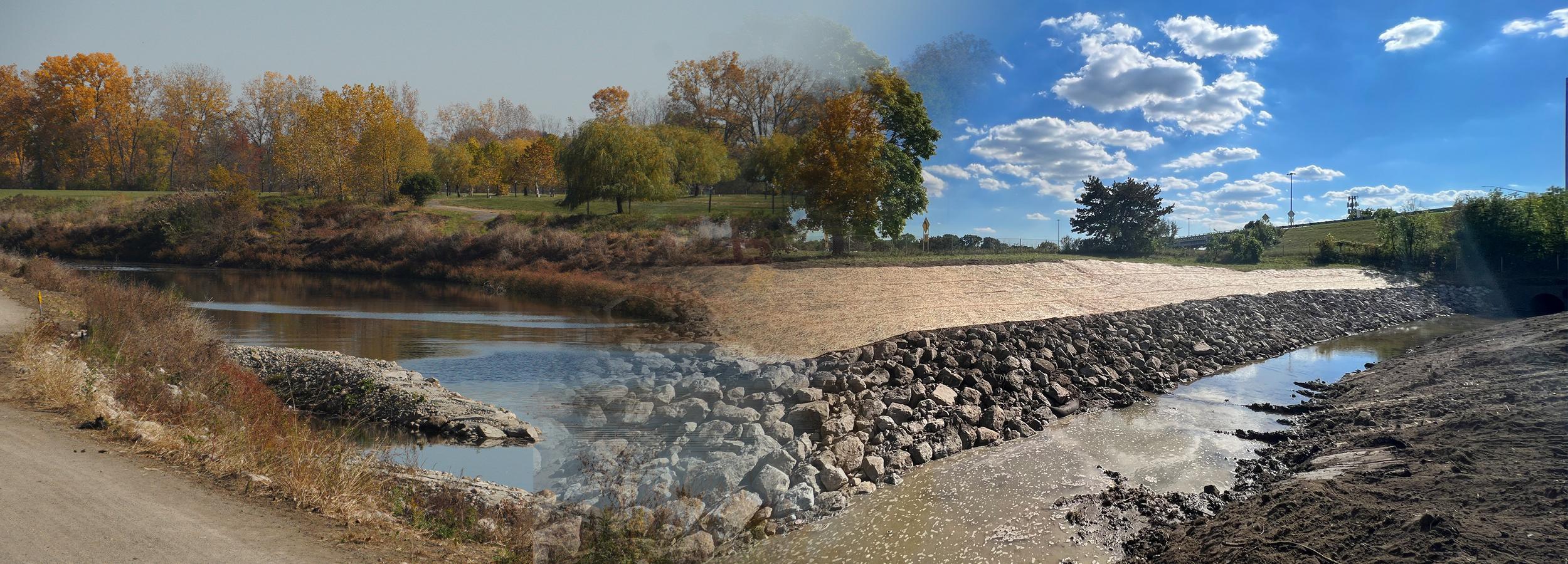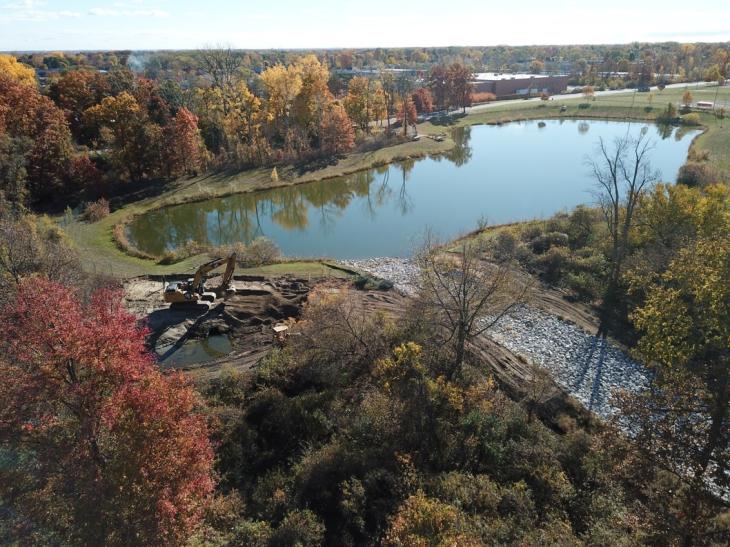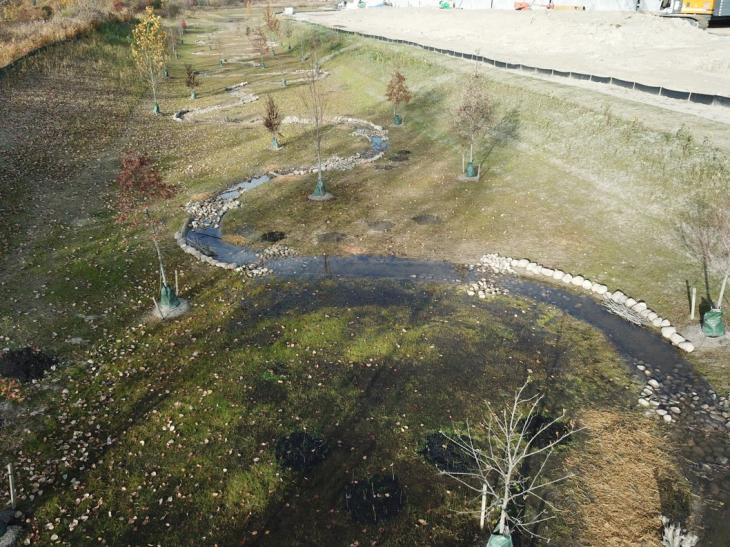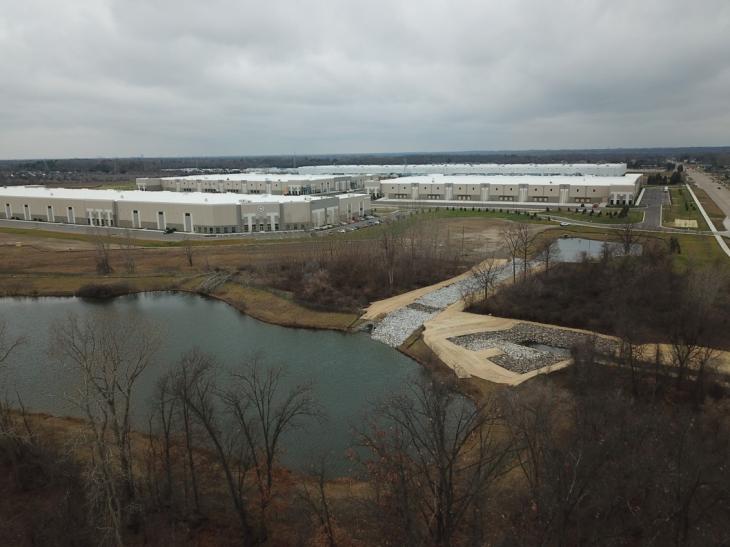Stormwater services
The stormwater services division is responsible for:
-
Developing and implementing solutions to alleviate drainage issues improving water quality and quality of life while enabling the department to serve as a critical component of economic development in Macomb County.
-
Administering the Public Works Office’s 24-hour spill response and flood mitigation programs.
-
Coordinating with the operations and flow division for spill testing and for spills related to sanitary or combined sewerage.
Plan review
Macomb County has 475 drains within its boundaries. Most of these drains were constructed over 100 years ago when Macomb County was populated by family farms, that many of the drains are named after today. These drains were constructed to convey stormwater runoff to our rivers and streams and ultimately to our Great Lakes. Rivers and streams in Macomb County are the responsibility of the Michigan Department of Environment, Great Lakes & Energy (EGLE). For example, the Clinton River and its tributaries are regulated by EGLE and require state permits, except for the Middle Branch of the Clinton River, which is under the jurisdiction of the Macomb County Public Works Office (MCPWO).
Of the drains under MCPWO’s jurisdiction, 401 miles are open-channel drains and 330 miles are enclosed drains.
Developments such as subdivisions, condominiums, industrial and commercial projects including re-developments that discharge stormwater to a county drain must conform to the MCPWO design standards. The increased volume of water discharged due to the increased runoff from the site must not adversely impact downstream property owners, County drains and watercourses. Adverse impacts include, but are not limited to, flooding, excessive soil saturation, crop damage, erosion and/or degradation in water quality or habitat. If any part of the site lies within a floodplain, it must comply with local, state and federal requirements for construction within a floodplain.
Plan submittal, review fees, design standards and detail sheets, right of way and requests
Review fees
Design standards and detail sheets










